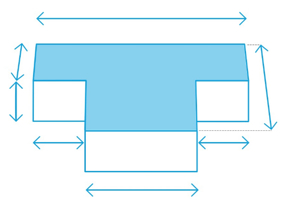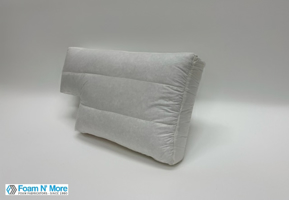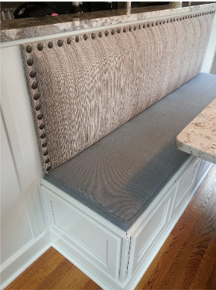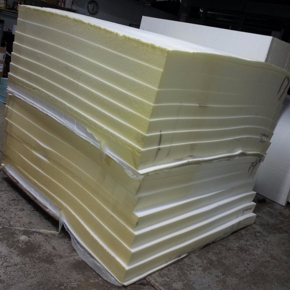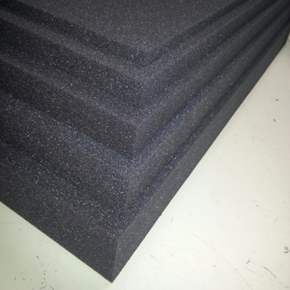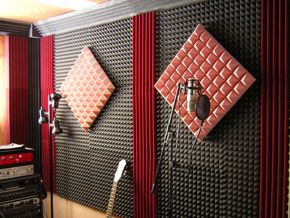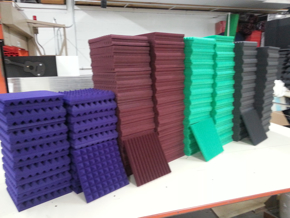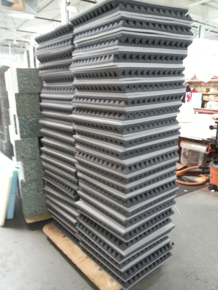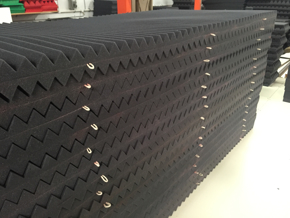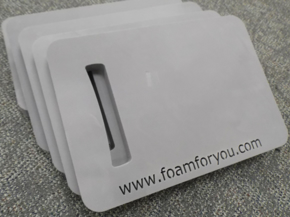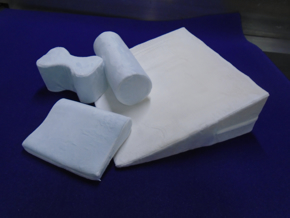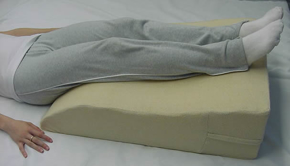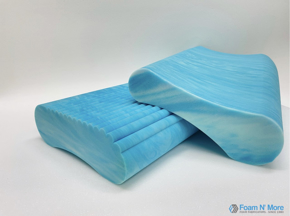How Latex Is Made
MAKING LATEX – MANUFACTURING PROCESS
Latex Manufacturing Processes
The terms “Talalay” and “Dunlop” refer to the two different methods of manufacturing Latex Rubber for sleep products. The Dunlop process was developed in 1929. It was the first used to produce latex material for bedding.
As technology progressed, the Talalay” process was developed by the Talalay family during World War II. The Talalay process for producing latex is significantly more complex and costly, resulting in softer, more buoyant, and luxurious finished products.

Talalay Foam Pillows
MAKING LATEX – LATEX FORMULAS
Both Talalay and Dunlop processes start with a formula mixture of liquid latex. These formulas can be any of the following:
100% natural latex rubber (harvested from rubber tree plants)
100% synthetic latex rubber (a man-made molecular copy of natural latex rubber)
Blended natural and synthetic latex rubbers (specific blend ratios are proprietary)
Note: there are small amounts of other materials required for processing liquid latex into solid form which is necessary for all latex production. (ingredients & amounts are proprietary)
Latex International Talalay is produced using only 100% Natural or Blended formulations to meet optimum quality standards.
Latex Processes
Talalay Foam Pillows Available at Foam N More
Talalay
- Liquid latex formulation is poured into a mold and sealed closed
- A vacuum is created to disperse liquid latex throughout the mold
- Liquid Latex is flash frozen
- Frozen Latex is flash heated to “gel” into a permanent solid form
- Cooled solid latex is removed from the mold
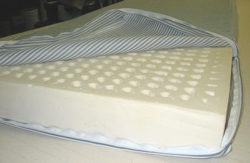
Dunlop Foam Mattress Topper
Dunlop
- Liquid latex formula is poured onto a long conveyor belt
- Liquid latex is slowly heated to “gel” into a permanent solid form
- Cooled solid latex is removed from the conveyor belt

Latex Dunlop Mattress
The difference in processing is the two additional steps that occur with the Talalay process - #2 Vacuum & #3 Freeze.
#2 Vacuum – This allows any amount of latex to be evenly distributed throughout the mold creating precise and varied firmness with the finished latex. The more liquid latex that’s poured into the mold the firmer the resulting solid latex. Therefore, if less liquid latex is used, a softer more supple piece of latex results.
This differs from Dunlop in that the Dunlop process has very little ability to vary the firmness or feel of the finished solid product while maintaining structural integrity. The liquid formula is poured onto a belt, and you get the same, dense piece of latex every time. The only way to soften the feel of Dunlop latex is to add “fillers” into the liquid latex formula which results in solid latex that is flaky and breaks down quickly.
#3 Flash Freeze – This provides Talalay with its uniquely consistent characteristic. Liquid Latex is a suspension of rubber particles in water, shaken like a snow globe. Flash freezing prevents the latex particles from settling to the bottom while gelling into a solid product. This means that the resulting piece of solid Talalay latex has the same consistent feel from top to bottom.
This differs from Dunlop because the Dunlop process does not utilize a freeze step. Therefore, the rubber particles settle to the bottom while the liquid latex is gelling to a solid form, like a snow globe, resulting in a variation of feel from top to bottom. This is not recognizable if the Dunlop latex is used as a bottom layer of a mattress but can cause problems if Dunlop pieces are used for pillows or top layers of a mattress.
Conclusion – The Talalay process takes four times longer than Dunlop with two additional process steps that improve the consistency, quality, and feel of the finished latex.
A simple analogy: Talalay latex is like a chocolate soufflé; although the process is long, your end product is a buoyant, airy, complex delight. Dunlop latex is more like a tray of brownies; tasty, but dense and flat in comparison.

